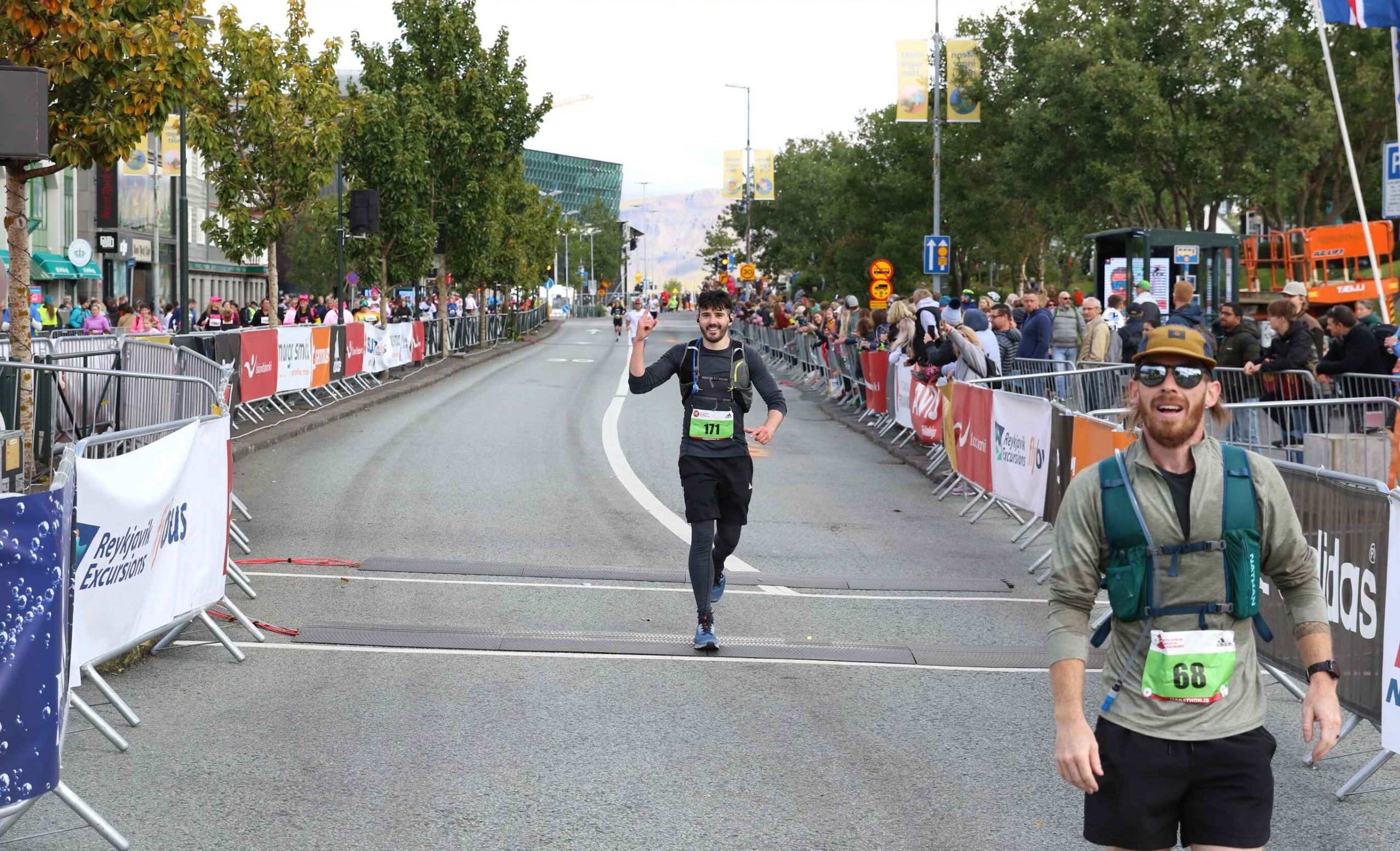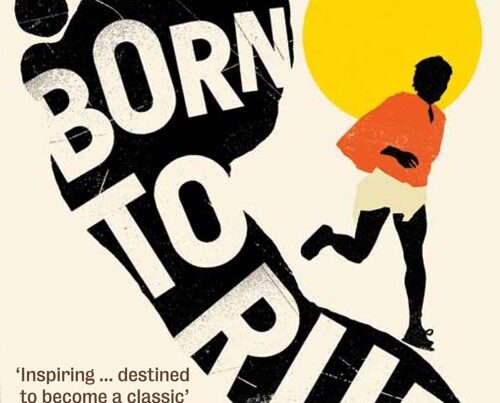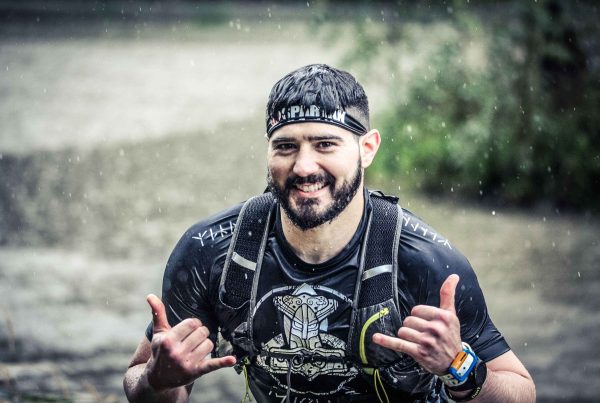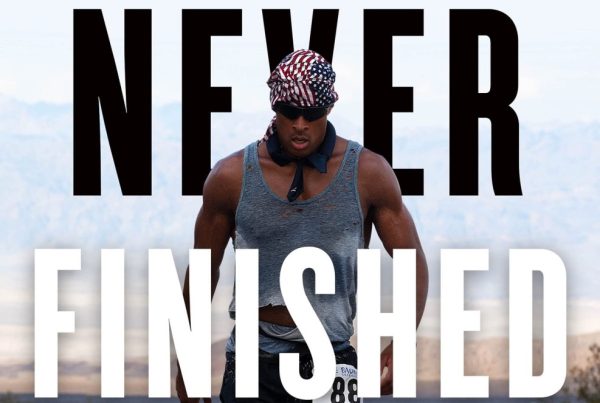
Marathons are hard. Finishing them is difficult enough; finishing them in under four hours is even more of a challenge. Here’s how I did it.
My method may not work for everyone, and there are absolutely better runners out there than me. Nevertheless, hopefully you will find my method useful when training for your own marathons.
Why Four Hours?
First of all, why the obsession with running a marathon in four hours? It seems such an arbitrary time, and yet it has followed me around ever since I first learned what a marathon was and decided to run one. It was a number that was thrown out as a worthwhile target, and it stuck in my head. If I’m guessing, the four-hour target may have something to do with the (sort of) split of 42.2 kilometres into 10ish kilometre segments. Doing all four, each in under an hour, with the extra couple of kilometres thrown in there, is not an easy feat to achieve.
According to https://marathonhandbook.com, the average marathon finish time for a man is 4 hours, 10 minutes, and 10 seconds, and for a woman it’s 4 hours, 39 minutes, and 9 seconds. This means that four hours or less means you’re above average as a marathon runner. The difference between finishing a marathon, and finishing it in four hours or less, is a strong focus on pace for the duration of the race, and training specific to the time goal. Let’s take a look at the methods I used.
1: Run 50+ Kilometres/30+ Miles Per Week
You need to get your body used to running long distances without stopping, and on a consistent basis. So, you should be running at least 4-5 times per week. The rule I gave myself was to never run less than 10 kilometres (6.2 miles) in one session, something I continue to this day. I know some runners that throw shorter, faster runs into their routine to get themselves familiar with faster paces, so find what works for you.
My routine was the following: three 10 kilometre runs per week, on consecutive days, and one 15+ kilometre run on the weekend. I gradually increased the distance of the 15+ kilometre run, until I was running between 21-30 kilometres in my long runs.
2: Your Practice Run Pace Should be Faster than Your Race-Day Pace
In order to run a marathon in 3:59:59, you have to have an average pace of 5:41 per kilometre, or 9:09 per mile. So, why should your training pace be faster than this? Because then it will feel easier to run slightly slower on race day. I like to complete my training runs at somewhere between 5:00-5:30 per kilometre, with an average of about 5:15.
But what about on race day? Well, the strategy I use is to ‘bank’ time in the first half, because I know I’m going to be slower in the second half, as almost every marathon runner is. So, I aim to complete the first half in 1:50 or less; that way, I have a margin for when the inevitable pace drop happens.
I assure you that on race day, the excitement and adrenaline will make you perform better than you have ever done in training. That being said, don’t let the excitement make you lose focus. In my first ever marathon, I came out of the gate way too hot, ran a super-fast 10 kilometres in the beginning, and was really struggling on the last 10 kilometres. I still finished, but my strategy was almost non-existent.
In my most recent marathon, I followed the 3:45 pace setter, kept up with him for the first 25 kilometres or so, then gradually dropped off. My finishing time was 3:58:47; the strategy worked perfectly.
3: Run Sub-2 Hour Half Marathons Until They Feel Easy
We all hit the wall at some point, but you want to hit it as late into the race as possible. There is a saying about marathons: ‘You run the first half with your legs, the second half with your mind’. You shouldn’t feel completely done after 21 kilometres, but you may notice fatigue starting to set in. A large portion of your body’s stores have been depleted, you’ve had to focus intensely for two hours or so, and you’re only half way. But guess what: you’re already half way! Every step you take from now means a shorter distance than you’ve already ran to reach the finish line.
This is why you should get used to running half-marathons, so much so that you can go about your day afterwards without being drained from the run. It’s even better if you can get them done in less than two hours consistently, and with little effort. Then you’ll know that on race day, at the very least, the first half will be something of a breeze. From then on, it will get hard.
You don’t want to get to race day only having run half marathons; you want to try and find that wall in training, so you are prepared for it when it comes during the race. 25-30-kilometre runs were sufficient for me to feel mentally ready to tackle the full distance, because I knew that from that point, I only had an hour and a half or so to go. Aim to complete at least one three-hour run, in which you shoot for at least 30 kilometres. This is also a good time to prepare your hydration and nutrition plan for the race; how often and how much water will you drink? At what points will you consume your energy gels? Find what works for you.
4: Complete 2-3 Strength and Conditioning Sessions Per Week
It is not enough to just run. Your tendons, muscles and joints need to be strong enough to handle the extreme workout you’re about to put them through. Leading up to the marathon, I had a training schedule that consisted of about 60% running and 40% CrossFit training, with some other specific runner exercises thrown in. CrossFit classes are a great aid to marathon training, because they always work out the whole body and involve dynamic, high intensity exercises.
Aside from your 2-3 CrossFit or gym workouts per week—which should include weighted squats and lunges—here are some specific exercises you should complete more often, daily if possible:
Single-Leg Calf Raises
Stand facing the wall, with one foot off the floor. Slowly raise yourself up onto your toes with your other foot, tighten the calf muscle at the top, and slowly lower yourself down. Repeat fifteen times on each leg, always maintaining a slow and controlled pace and posture.
Hip Extensions on the Glute-Ham Developer (GHD). I noticed my hamstrings and glutes were the first muscles to become sore in a long run, and consequently would cause the most psychological bother. I massively reduced this problem by incorporating hip extensions, which strengthen the glutes, hamstrings and lower back muscles. Take a look here for an explanation of the exercise: https://theprogrm.com/ghd-exercises-crossfit/#hip-extension
Fit Loop Band Steps
These are the wide, often colour-coded resistance bands that are great for light resistance work on the legs. I place it on my ankles and take side steps back and forth. I then repeat the process with the band both below and above my knees. You can feel your ankles, thigh bands and glutes working in this exercise. Walking backwards and forwards with the bands in the same positions is another great one. It’s something that’s easy to do at home for 5-10 minutes, perhaps while your dinner is in the oven.
Backward Sled Pulls
Most runners have knee problems at some point. I have managed to alleviate my issues by following the advice of the knee guru, Ben Patrick (@kneesovertoesguy on Instagram). One technique he recommends is walking backwards to strengthen the knee joints. I use the metal sled in the gym, to which plates can be added, and pull it backwards via a rope around my waist.
5: Stretch Before and After Every Run
It might be tempting to skip or shorten stretching routines so you can get the run over with and get on with your day; believe me, I feel it too. But by completing this step, you recover quicker and reduce your risk of injury, so it’s well worth doing.
I generally stretch for 10-15 minutes both before and after my runs (as well as a light warm up before the run).
This includes stretches such as:
- Runner’s Stretch. Place both hands against the wall and adopt a lunge position with your legs, bending the front leg and straightening the back one. Great for stretching the calf muscles.
- Kneeling with Toes Curled Under. This takes getting used to, but it makes your toes and feet more flexible and stretches your plantar fascia, so do it regularly.
- Pigeon Pose. Perfect for the glutes and thigh bands.
- Massage Ball under the feet. Get yourself a fairly solid massage ball and roll it under the bottom of your feet, one at a time. This helps prevent plantar fasciitis by relaxing the tendons on the soles.
And there you have it! Give my methods a try and see how they work for you.
Note: my strategy and training programme were and are a work in progress. With every race I run, my performance improves as I train smarter and harder. For my first marathon, I knew very little about how to prepare, and finished in 4:18. I was a little smarter for my second marathon, in which I finished in 4:12. The big leap, though, came in my third marathon, which I finished in 3:58:47, a massive improvement from my previous attempt. I have no doubt that I will finish faster next time as I continue to improve.
When it comes to a marathon, just finishing is a great achievement. Your willpower will be tested. Remember why you’re doing it, focus on just putting one foot in front of the other, and you’ll succeed. I’ll see you at the start line, and the finish line!



